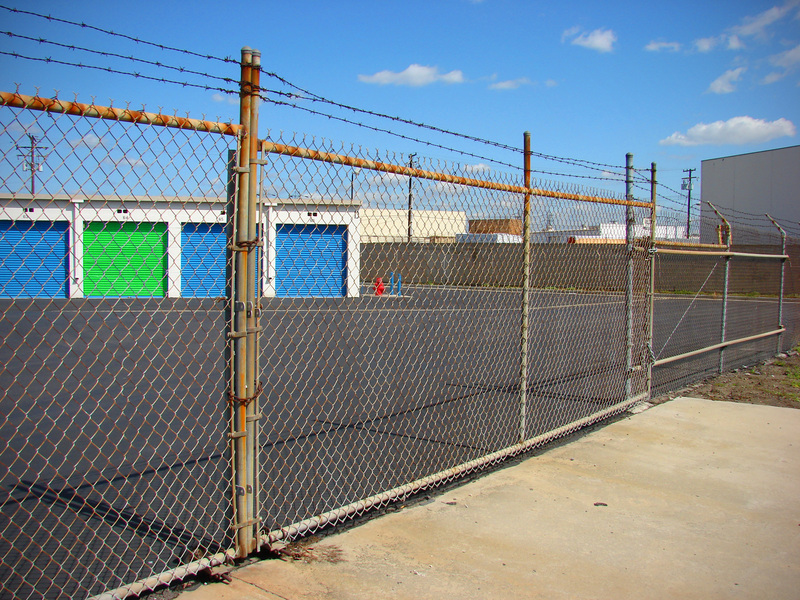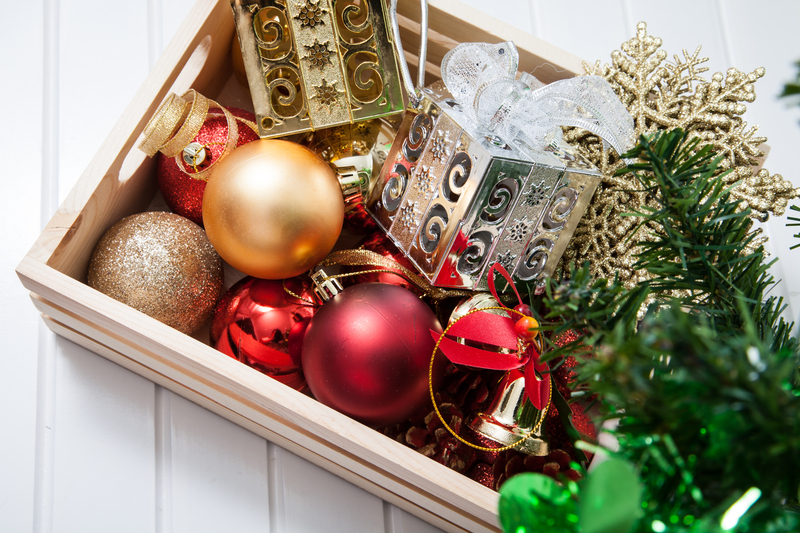Safely Store Your Freezer for Prolonged Periods
Posted on 19/06/2025
Safely Store Your Freezer for Prolonged Periods: An Ultimate Guide
Are you planning to store your freezer for an extended period due to travel, relocation, renovation, or seasonal usage? Freezers are substantial investments, and preserving their integrity during storage is vital for their longevity. In this comprehensive and SEO-optimized article, we will walk you through every aspect of safely storing your freezer for prolonged periods to prevent damage, mold, odors, and costly repairs.

Why Proper Freezer Storage Matters
Whether it's an upright freezer, chest freezer, or commercial freezer, storing it improperly can lead to the following issues:
- Growth of mold and mildew inside the compartment
- Corrosion and rust of internal and external parts
- Malfunction of the compressor and electrical components
- Permanent odors that are difficult to remove
- Pest infestations in unattended storage locations
Before Storing Your Freezer: Preparation is Key
1. Power Down the Freezer Safely
Start by unplugging the freezer from the wall socket. Allow it to defrost completely, which can take several hours or overnight. Placing towels or a shallow pan around the base will absorb melting ice or condensation and prevent water damage to your floors.
2. Remove All Contents and Shelving
- Discard expired or unwanted food items
- Store or cook perishable items before defrosting
- Remove all trays, shelves, and baskets for separate cleaning
A fully empty freezer is less likely to develop unpleasant smells or stains, and removing inserts allows you to clean every nook.
3. Deep Clean for Hygiene
Use a solution of baking soda and warm water (1 tablespoon baking soda to 1 quart water) to wipe down all interior surfaces. Avoid using harsh chemicals which might damage liners. Wash trays and baskets separately with mild dish soap.
- Pay special attention to door seals -- mold often hides in crevices
- Clean the exterior as well to remove dust or grime
Let everything air dry completely before the next step. Moisture is the leading cause of interior mold growth during storage.
4. Neutralize Odors with Natural Absorbers
- Place an open box of baking soda inside
- Alternately, use activated charcoal or a pouch of coffee grounds
These will absorb lingering odors and prevent musty smells from developing while your freezer is packed away.
How to Store Your Freezer Properly
1. Consider Location Carefully
Where you place your idle freezer greatly impacts its survival:
- Climate-controlled storage units are ideal
- Garages are suitable if they stay dry year-round
- Basements should be avoided if prone to flooding or high humidity
2. Keep the Freezer Doors Open During Storage
- Leave the door slightly ajar using a small wedge, towel, or plastic bottle
- This step is absolutely crucial to prevent the growth of mold, mildew, and bacteria inside
If you seal the doors shut, condensation may form and odors will build up, making future use unpleasant and unhygienic.
3. Protect the Power Cord and Exterior
- Roll up the power cord neatly and tape it securely to the back of the appliance
- Wrap the freezer in a breathable furniture blanket or moving pad for protection against dust and accidental bumps
- Avoid using plastic wrap or tarps that trap moisture and encourage rust
4. Store the Freezer Upright Whenever Possible
- Always keep the freezer in an upright position as designed
- Storing it on its side or back can cause compressor oil to migrate and potentially damage internal components
If you must transport or store it on its side for a short period, let it rest upright for at least 24 hours before plugging it back in.
5. Periodic Checks During Long-Term Storage
- Inspect your storage space every 1-2 months
- Check the freezer interior for signs of moisture, pests, or contamination
- Replenish baking soda or charcoal as needed
Regular visits can help you detect any problems early and fix them before they escalate.
Reactivating Your Freezer After Long Storage
Step 1: Visual Inspection
- Check for visible mold, pests, or damage
- Examine door seals for cracks or brittleness
Clean any dust or residue that may have accumulated on the exterior or compressor areas.
Step 2: Interior Cleaning and Air Out
- Wipe down all interior surfaces once again
- Ensure ventilation by allowing the doors to stay open for a few hours
Step 3: Safe Restart
- Plug the freezer into a grounded outlet
- Wait 24 hours before introducing food, ensuring the freezer reaches the proper temperature (usually 0?F or -18?C)
Monitor for unusual noises, leaks, or error codes during the first use. If anything seems amiss, call a qualified technician.
Critical Dos and Don'ts for Long-Term Freezer Storage
- Do clean and dry your freezer thoroughly before storage
- Do store in a dry, climate-controlled environment
- Do leave the doors ajar to prevent foul odors and mold
- Do secure the cord and use breathable covers
- Don't store with any food or liquids inside
- Don't wrap the freezer in plastic that traps humidity
- Don't lay the appliance on its back or side unless necessary, and only for short periods
- Don't forget to check periodically during storage
Frequently Asked Questions About Extended Freezer Storage
How long can I safely store a freezer without use?
If you follow all recommended steps for safely storing your freezer for prolonged periods -- such as emptying, cleaning, drying, and leaving the door ajar -- your freezer can sit idle for several months or even years without issue.
Can I store my freezer with the door closed?
No. Always leave the door slightly open. Sealing the door encourages condensation, promoting mold and odor problems that are hard to remove later.
Is it safe to store a freezer with food inside for emergency purposes?
It's not recommended to store a freezer unplugged with food inside. Perishable food will spoil quickly, and even non-perishables can attract pests and bad odors during long-term storage.
Should I cover my freezer?
Yes, but use breathable materials! Furniture blankets, moving pads, and cotton sheets work best. Avoid plastic or vinyl, as they trap moisture and cause rust.
What should I do before reconnecting a stored freezer?
Perform a thorough inspection and cleaning, then let the appliance sit upright at least 24 hours if it's been moved, before plugging in to stabilize compressor oils.

Summary: The Best Way to Store a Freezer for the Long Haul
When you safely store your freezer for extended times, you protect its lifespan, ensure food safety, and avoid future hassles. Let's recap the key steps:
- Defrost, empty, and clean the freezer thoroughly
- Dry all components and the freezer itself
- Leave the door ajar with a wedge; do not seal the door
- Choose a dry, temperature-stable storage location
- Protect the appliance from dust and scratches with breathable covers
- Inspect periodically during storage
- Clean and test carefully before returning to regular use
By following these proven steps to safely store your freezer for prolonged periods, you can rest assured your appliance will be in excellent condition whenever you need it next--saving time, money, and frustration.
Additional Resources for Freezer Storage & Maintenance
- ENERGY STAR Freezer Maintenance Tips
- Consumer Reports: How to Maintain Your Freezer
- Freezer Cleaning & Storage Guide
If you have a unique question about long-term freezer storage, let us know in the comments below. For expert repair or maintenance, always consult a professional technician to keep your freezer working safely for years to come.
```


